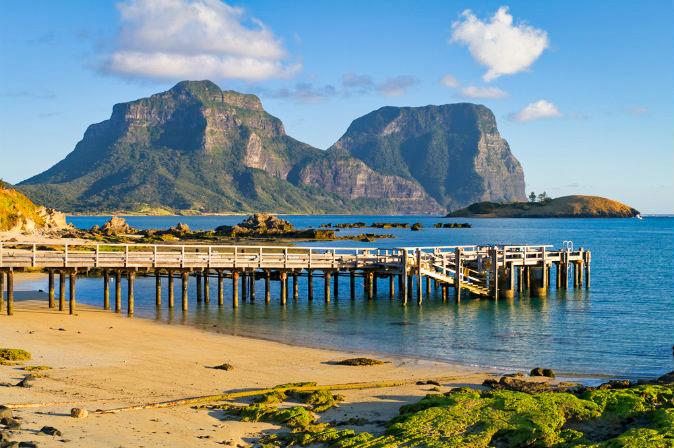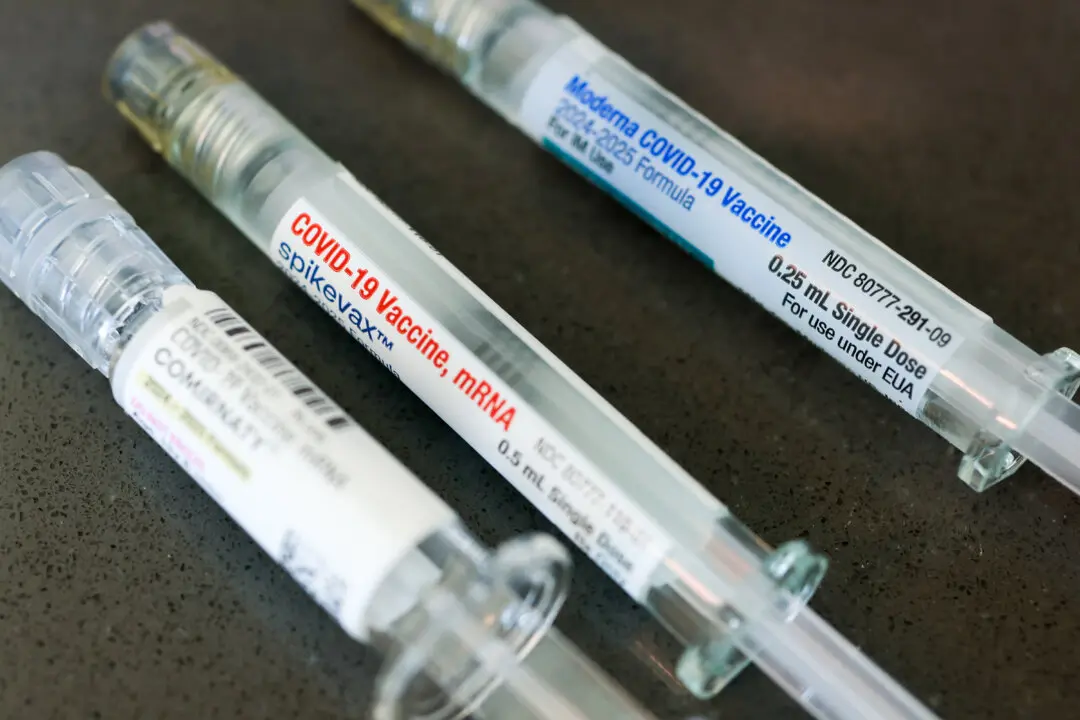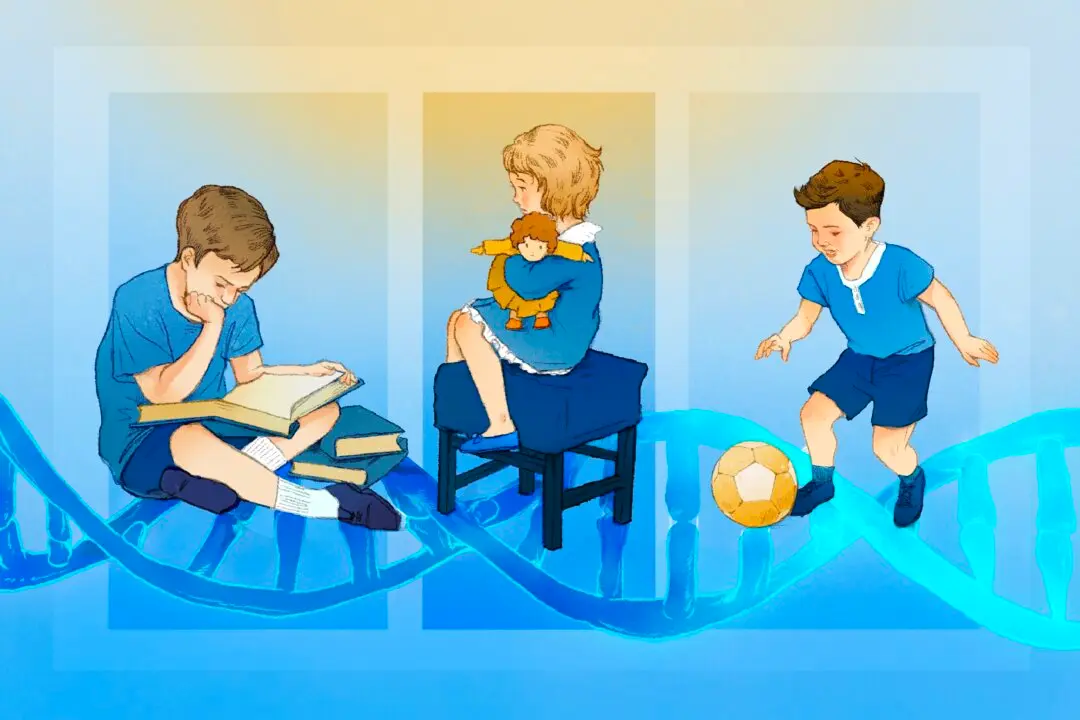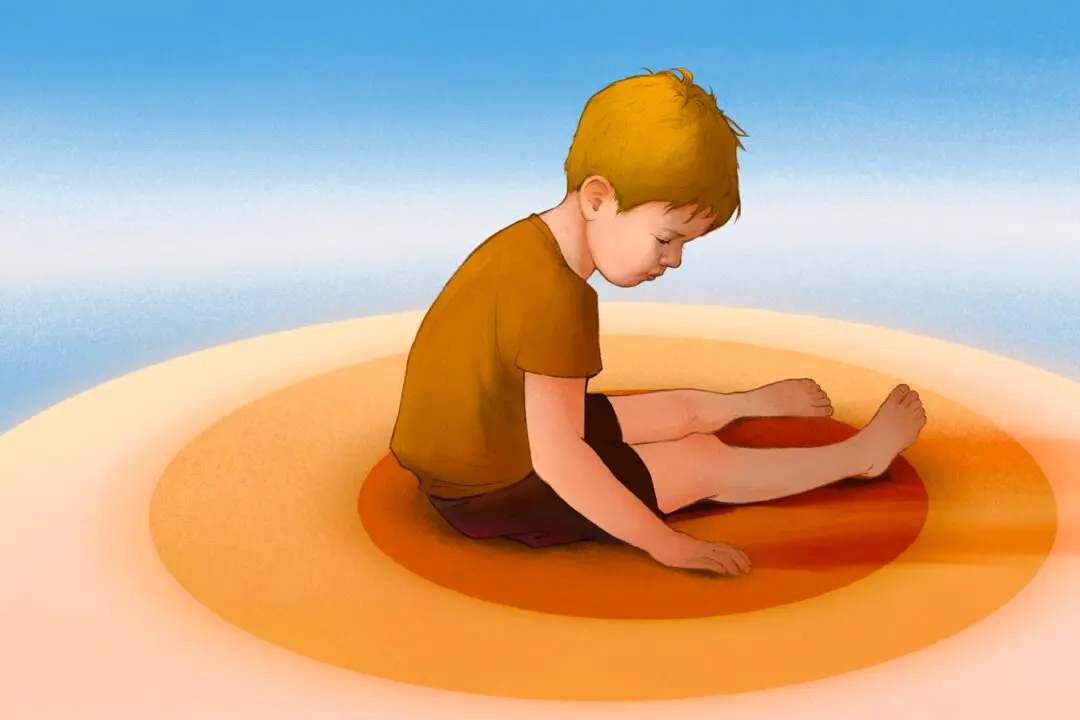The New South Wales government has announced that Lord Howe Island (LHI), home to over 33 threatened species and many critically endangered species has made a great recovery in biodiversity since the eradication of rodents in 2019.
James Griffin, New South Wales Minister for the Environment said the population of the endangered LHI woodhens has almost tripled to about 565 since the intervention was implemented in 2019.





